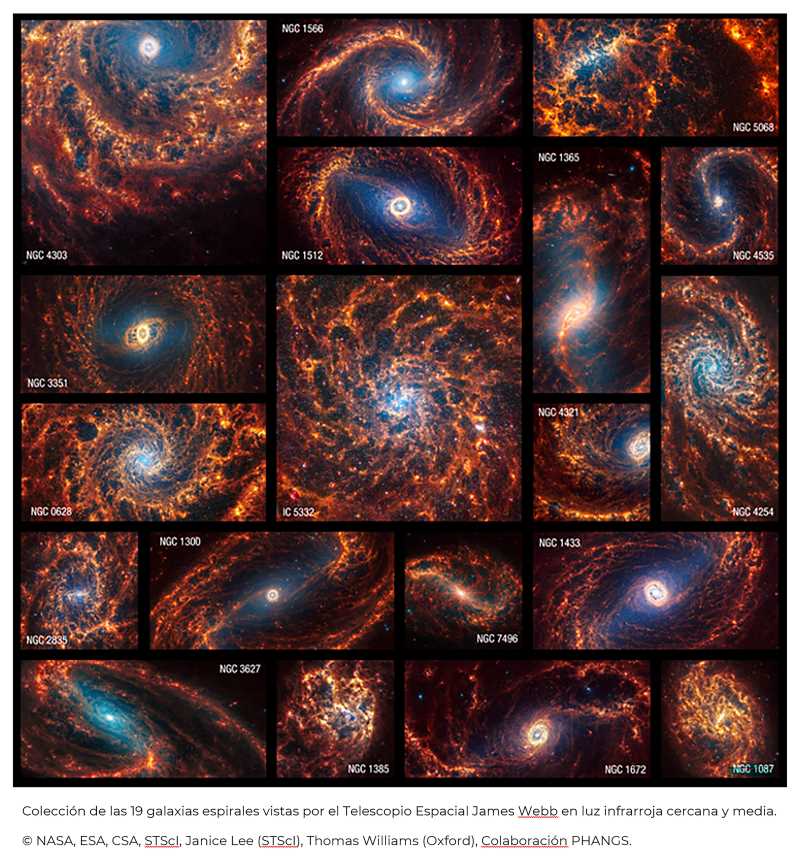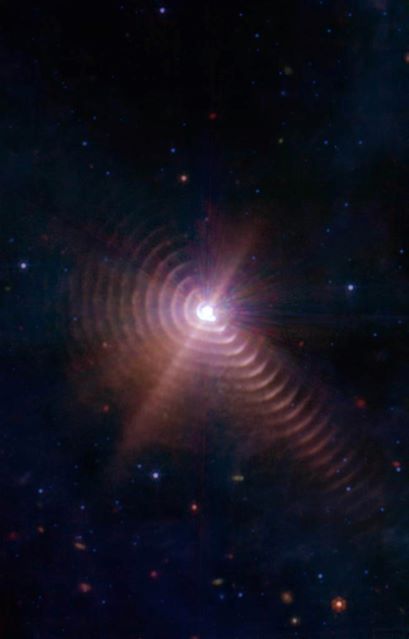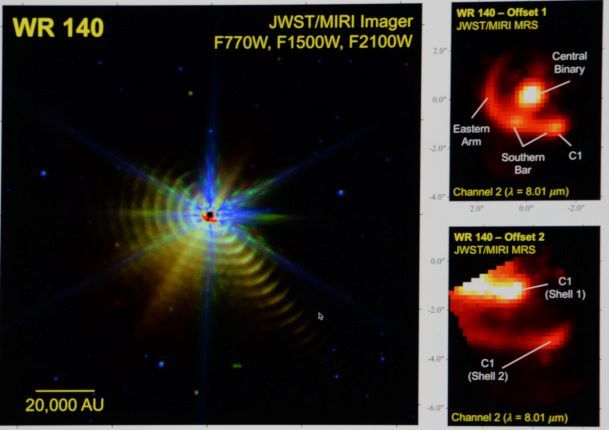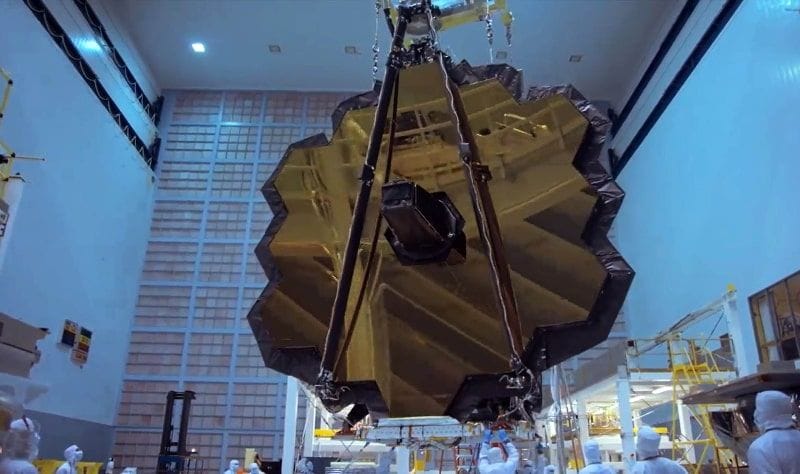Webb Telescope Snaps Peeking at Dusty Galactic Homes
With its infrared cameras, the James Webb Space Telescope is revealing the secrets of spiral galaxies. Scientists are studying star formation, supernovae, and how galaxies evolve – clues to the very stuff we're made of.

The stars have gotten a lot less shy lately. They're letting NASA's spiffy James Webb Space Telescope take a long look at their homes, and wouldn't you know it, they've got some fascinating stories to tell.
We're talking 19 spiral galaxies, those cosmic whirlpools holding bazillions of stars. With its special infrared cameras, Webb has snapped pics that wouldn't make sense on an intergalactic Instagram feed, full of dust clouds and random bits of cosmic fluff. That's the thing about infrared – it's like an X-ray for the universe, letting us see the messy (and fascinating) bits beyond the starlight.
And what are scientists like Dr. Aida Nava de Wofford seeing? Stuff that gives answers to those “Where did we come from?” questions. Imagine the galaxies as cosmic time capsules – they hold clues about how stars form, party, and eventually blow themselves to smithereens (stars can be SO dramatic). We're also talking stardust here. Stars made it, we're made of it. How's that for a humbling perspective?
Dr. Nava de Wofford is part of a massive squad of astronomers (the PHANGS crew) who have been studying galaxies as part of their spacey side project. They already collected data on these galaxies, but Webb, well, Webb's upping their game.
These new peeks show astronomers:
- Star Birth Announcements: Baby stars hiding out in giant cosmic dust bunnies – the ultimate stellar daycare.
- Supernova Shockwaves: Bubbles in all shapes and sizes created by stars throwing massive tantrums and exploding.
- Galaxies That Age Backwards: Starbirth starts in the middle of these galaxies, like wrinkles spreading outwards in reverse. The oldest stars chill on the outside, getting grumpier and grumpier.
And while some folks like their space science served neat and tidy, the PHANGS crew knows messy data is good data. Their goal: a super-database of star clusters, like a cosmic census for these galaxies. The possibilities for analysis are downright dazzling.
So, why does it matter? Well, if you think that galaxies are just sparkly islands in the giant ocean of space, think again. They're messy, chaotic, and filled with more drama than a soap opera. And when we understand them, well, we understand a little more about ourselves too.








